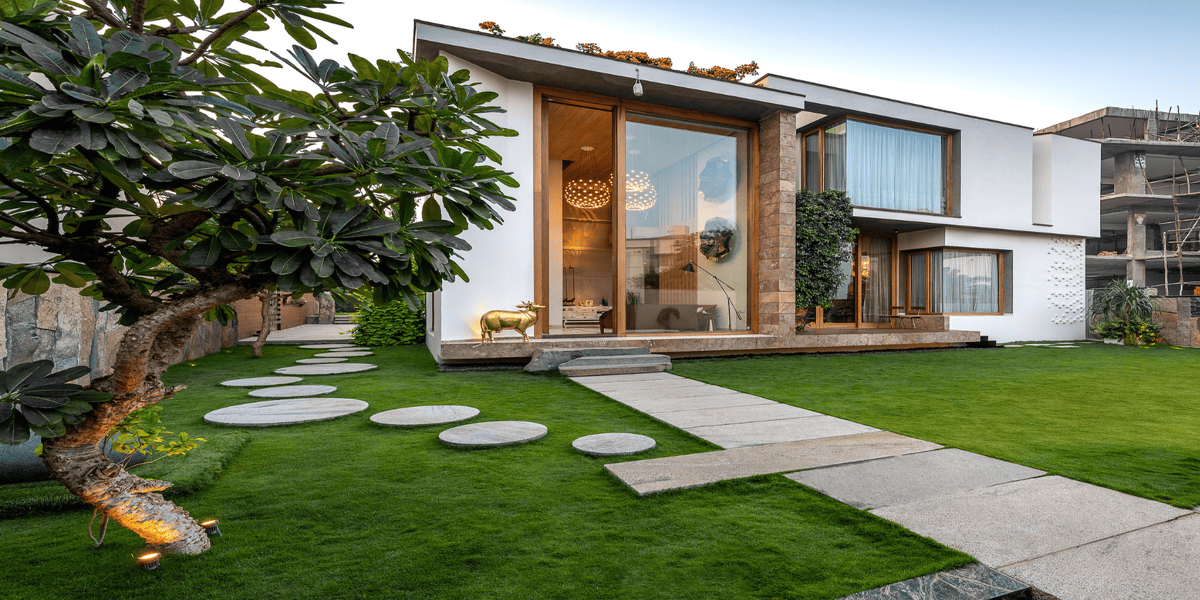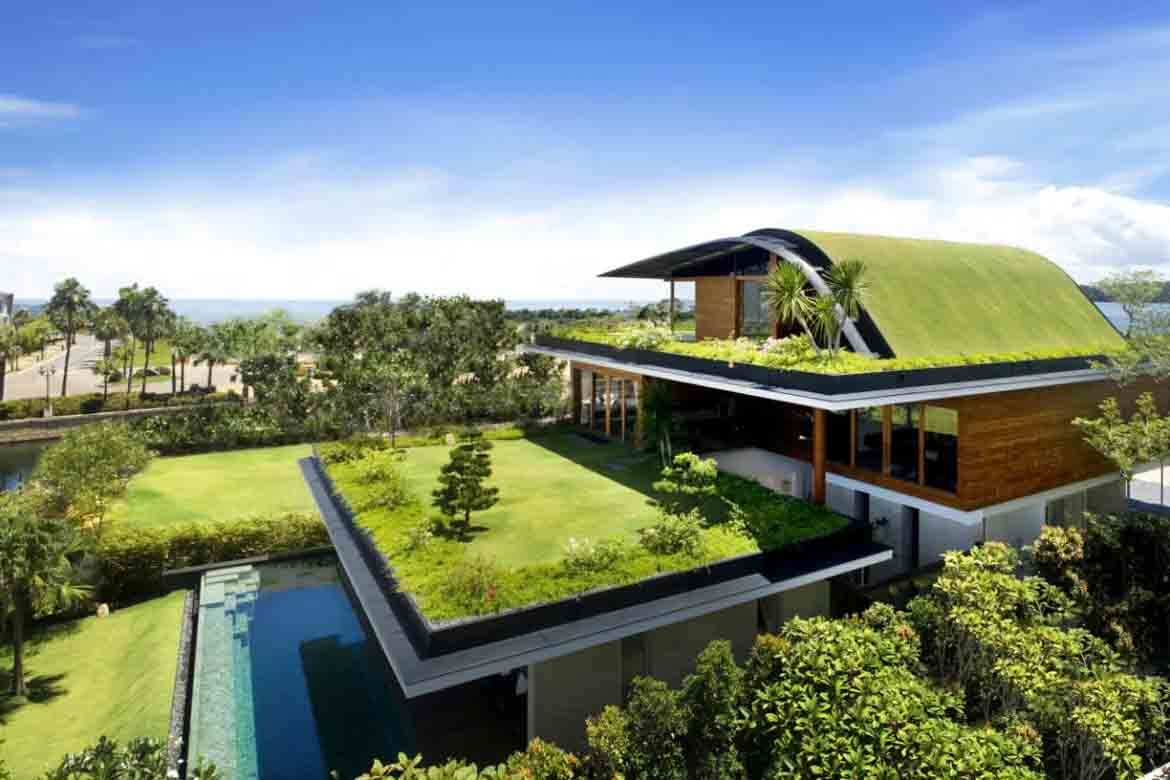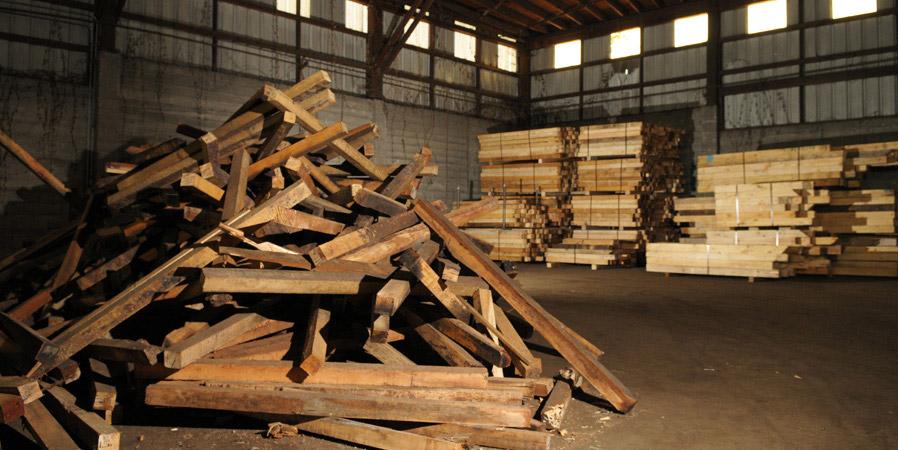Sustainable Home Building: Eco-Friendly Architecture and Design
The idea of home resonates deeply within us all—a sanctuary, a place of comfort, and a reflection of our values. As the world faces environmental challenges, the concept of home has evolved. Enter sustainable home building, where eco-friendly architecture and design not only offer shelter but also harmonize with nature, reduce environmental impact, and enhance the well-being of inhabitants. In this post, we’ll explore what sustainable home building is, why it matters, and how it’s shaping the future of living spaces.
What is Sustainable Home Building?
Sustainable home building is an approach to constructing homes that prioritize environmental responsibility, resource efficiency, and the health of both occupants and the planet. It’s about creating spaces that are not only functional and aesthetically pleasing but also minimize the carbon footprint, conserve resources, and promote long-term sustainability.
At its core, sustainable home building involves thoughtful planning and design, choosing eco-friendly materials, and incorporating energy-efficient systems. It’s a holistic approach that considers the entire lifecycle of the home—from the sourcing of materials to construction, use, and eventual deconstruction or repurposing.
The Key Aspects of Sustainable Home Building
1. Energy Efficiency
Passive Design:
One of the pillars of sustainable home building is passive design, which leverages natural elements like sunlight, wind, and shade to regulate temperature and light within the home. This reduces the need for artificial heating, cooling, and lighting, leading to significant energy savings. For example, homes designed with south-facing windows in colder climates can maximize solar gain during winter, while overhangs or deciduous trees can provide shade during summer.
Insulation and Windows:
Proper insulation and energy-efficient windows are crucial for maintaining a consistent indoor temperature. Insulating walls, roofs, and floors, as well as using double or triple-glazed windows, can significantly reduce energy consumption by minimizing heat loss in winter and heat gain in summer.
Renewable Energy Sources:
Incorporating renewable energy sources like solar panels, wind turbines, or geothermal systems can further enhance a home’s energy efficiency. These systems not only reduce reliance on fossil fuels but also provide homeowners with greater energy independence.
2. Water Conservation
Rainwater Harvesting:
Sustainable homes often include systems to collect and store rainwater for non-potable uses like irrigation, toilet flushing, or even laundry. This reduces the strain on municipal water supplies and lowers water bills.
Greywater Recycling:
Another water-saving feature is greywater recycling, where water from sinks, showers, and washing machines is treated and reused for purposes like irrigation. This not only conserves water but also reduces the amount of wastewater entering the sewage system.
Low-Flow Fixtures:
Installing low-flow faucets, showerheads, and toilets can dramatically reduce water consumption without sacrificing comfort or convenience. These fixtures are designed to maintain high performance while using less water, contributing to a more sustainable home environment.
3. Sustainable Materials
Recycled and Reclaimed Materials:
Using recycled or reclaimed materials in construction is a hallmark of sustainable home building. For instance, reclaimed wood from old barns or factories can be repurposed for flooring, beams, or cabinetry, adding character to the home while reducing the demand for new resources.
Locally Sourced Materials:
Choosing materials that are locally sourced not only supports the local economy but also reduces the carbon footprint associated with transportation. Materials like local stone, clay, or sustainably harvested timber can be used in construction, contributing to the home’s sustainability.
Non-Toxic Finishes:
Sustainable homes prioritize the use of non-toxic, low-VOC (volatile organic compounds) paints, sealants, and finishes. These products improve indoor air quality by reducing the release of harmful chemicals, creating a healthier living environment for occupants.
4. Waste Reduction
Efficient Construction Techniques:
Sustainable home building also involves minimizing waste during construction. This can be achieved through careful planning, precise material cutting, and recycling or reusing construction debris. Some builders even adopt modular construction techniques, where components are prefabricated off-site, reducing waste and speeding up the building process.
Deconstruction and Reuse:
When an older home is demolished to make way for new construction, sustainable practices include deconstructing the building to salvage reusable materials rather than simply sending everything to a landfill. These materials can then be repurposed in the new construction, reducing waste and preserving valuable resources.
5. Indoor Environmental Quality
Natural Ventilation:
Ensuring good indoor air quality is essential in sustainable home building. Homes can be designed to promote natural ventilation, with strategically placed windows, vents, and skylights that allow fresh air to circulate and remove indoor pollutants.
Daylighting:
Maximizing natural light not only reduces the need for artificial lighting but also has positive effects on occupants’ mood and well-being. Sustainable homes are often designed with ample windows, light wells, or even light shelves that reflect sunlight deeper into the home.
Sustainable Landscaping:
The design of the home’s exterior is just as important as the interior. Sustainable landscaping involves using native plants, xeriscaping (landscaping that reduces the need for irrigation), and creating outdoor spaces that support biodiversity and reduce environmental impact.
The Relevance of Sustainable Home Building
With climate change becoming an ever-pressing concern, the relevance of sustainable home building has never been more significant. The construction and operation of buildings account for a substantial portion of global carbon emissions, and sustainable home building offers a way to mitigate this impact. By embracing eco-friendly architecture and design, homeowners can contribute to the fight against climate change while also enjoying a range of personal benefits.
1. Environmental Impact
Sustainable homes are designed to be energy-efficient, resource-conserving, and low-waste. By reducing energy consumption, minimizing water use, and using sustainable materials, these homes significantly reduce their environmental footprint. In the long term, widespread adoption of sustainable building practices could lead to a significant reduction in global greenhouse gas emissions.
2. Economic Benefits
While sustainable home building may involve higher upfront costs due to the use of high-quality materials and advanced technologies, these costs are often offset by long-term savings. Energy-efficient homes reduce utility bills, and renewable energy systems can even generate income through net metering programs. Additionally, sustainable homes often have higher resale values, as eco-conscious buyers are willing to pay a premium for green features.
3. Health and Well-Being
Sustainable homes are not just better for the planet—they’re better for the people who live in them. By prioritizing indoor air quality, natural light, and non-toxic materials, these homes create healthier living environments. This can lead to improved respiratory health, better sleep, and an overall higher quality of life for occupants.
4. Community and Social Impact
Sustainable home building also has a positive impact on communities. By using local materials and labour, these projects support the local economy. Furthermore, sustainable neighbourhoods often include features like green spaces, community gardens, and shared resources, fostering a sense of community and encouraging social interaction.
Real-World Examples and Anecdotes
To bring these concepts to life, let’s look at some real-world examples of sustainable home building.
The BedZED Project, London
The Beddington Zero Energy Development (BedZED) in London is one of the most well-known sustainable housing projects in the world. Completed in 2002, BedZED was designed to be a zero-carbon community, with homes that produce as much energy as they consume. The project features energy-efficient homes with thick insulation, triple-glazed windows, and solar panels. It also incorporates rainwater harvesting, greywater recycling, and a focus on reducing car dependency by promoting walking, cycling, and public transport.
Earthships, New Mexico
Earthships are a radical form of sustainable home building, designed by architect Michael Reynolds. These homes are built using natural and recycled materials, such as earth-packed tyres, bottles, and cans. They are completely off-grid, relying on solar and wind power for energy, and harvesting rainwater for all water needs. Earthships are also designed to be self-sustaining, with indoor greenhouses that allow residents to grow their own food.
The Passive House Movement
Originating in Germany, the Passive House (Passivhaus) movement has spread worldwide, promoting ultra-energy-efficient homes that require minimal heating and cooling. Passive Houses are built with super-insulated walls, airtight construction, and high-performance windows. They also incorporate mechanical ventilation systems with heat recovery, ensuring fresh air while minimizing energy loss. The result is a home that maintains a comfortable temperature year-round with little to no reliance on external energy sources.
A Conversation on Sustainable Living
Imagine sitting down with a friend over a cup of tea, discussing the future of our homes. “It’s incredible,” they say, “how much thought goes into every aspect of these homes—from the materials to the layout, and even the plants in the garden. It makes you think, why aren’t all homes built this way?”
This is the essence of sustainable home building—thoughtfulness, intentionality, and a deep respect for the environment. It’s about creating spaces that nurture us while minimizing harm to the planet. As more people embrace these principles, the dream of a world filled with sustainable, eco-friendly homes becomes ever more attainable.
Conclusion: Building a Better Future, One Home at a Time
Sustainable home building is more than just a trend—it’s a movement towards a more responsible, mindful, and harmonious way of living. By embracing eco-friendly architecture and design, we’re not only reducing our environmental impact but also enhancing our quality of life, fostering stronger communities, and contributing to a more sustainable future.








Comments
Post a Comment